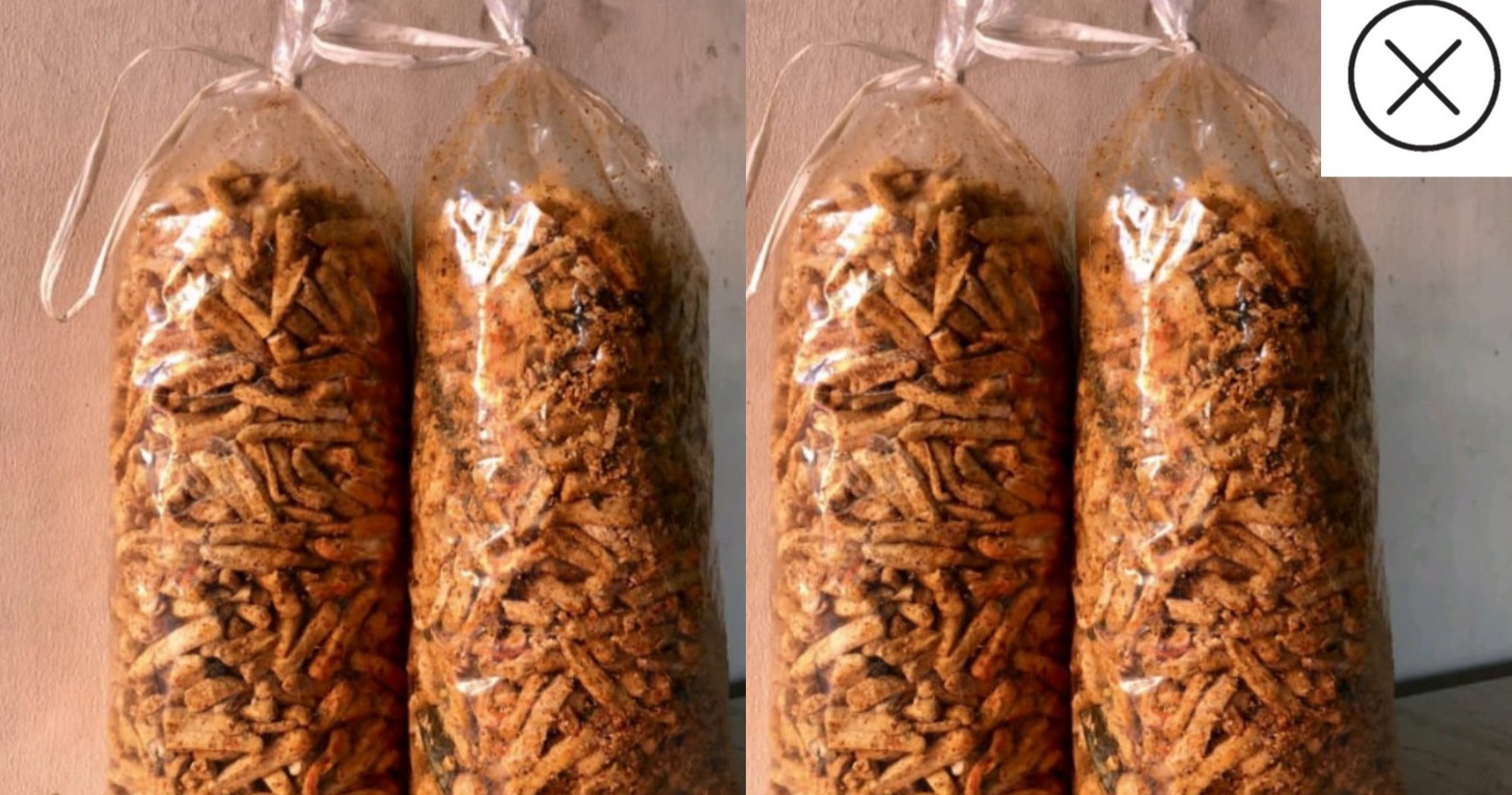Colon

The colon is also called the large intestine. The ileum (last part of the small intestine) connects to the cecum (first part of the colon) in the lower right abdomen. The rest of the colon is divided into four parts:
� The ascending colon travels up the right side of the abdomen.
� The transverse colon runs across the abdomen.
� The descending colon travels down the left abdomen.
� The sigmoid colon is a short curving of the colon, just before the rectum.
The colon removes water, salt, and some nutrients forming stool. Muscles line the colon's walls, squeezing its contents along. Billions of bacteria coat the colon and its contents, living in a healthy balance with the body.
Colon Conditions
- Colitis: Inflammation of the colon. Inflammatory bowel disease or infections are the most common causes.
- Diverticulosis: Small weak areas in the colon's muscular wall allow the colon's lining to protrude through, forming tiny pouches called diverticuli. Diverticuli usually cause no problems, but can bleed or become inflamed.
- Diverticulitis: When diverticuli become inflamed or infected, diverticulitis results. Abdominal pain and constipation are common symptoms.
- Colon bleeding (hemorrhage): Multiple potential colon problems can cause bleeding. Rapid bleeding is visible in the stool, but very slow bleeding might not be.
- Inflammatory bowel disease: A name for either Crohn's disease or ulcerative colitis. Both conditions can cause colon inflammation (colitis).
- Crohn's disease: An inflammatory condition that usually affects the colon and intestines. Abdominal pain and diarrhea (which may be bloody) are symptoms.
- Ulcerative colitis: An inflammatory condition that usually affects the colon and rectum. Like Crohn's disease, bloody diarrhea is a common symptom of ulcerative colitis.
- Diarrhea: Stools that are frequent, loose, or watery are commonly called diarrhea. Most diarrhea is due to self-limited, mild infections of the colon or small intestine.
- Salmonellosis: The bacteria Salmonella can contaminate food and infect the intestine. Salmonella causes diarrhea and stomach cramps, which usually resolve without treatment.
- Shigellosis: The bacteria Shigella can contaminate food and invade the colon. Symptoms include fever, stomach cramps, and diarrhea, which may be bloody.
- Travelers' diarrhea: Many different bacteria commonly contaminate water or food in developing countries. Loose stools, sometimes with nausea and fever, are symptoms.
- Colon polyps: Polyps are small growths. Some of these develop into cancer, but it takes a long time. Removing them can prevent many colon cancers.
- Colon cancer: Cancer of the colon affects more than 100,000 Americans each year. Most colon cancer is preventable through regular screening.
Colon Tests
- Colonoscopy: An endoscope (flexible tube with a camera on its tip) is inserted into the rectum and advanced through the colon. A doctor can examine the entire colon with a colonoscope.
- Virtual colonoscopy: A test in which an X-ray machine and a computer create images of the inside of the colon. If problems are found, a traditional colonoscopy is usually needed.
- Stool occult blood testing: A test for blood in the stool. If blood is found in the stool, a colonoscopy may be needed to look for the source.
- Sigmoidoscopy: An endoscope is inserted into the rectum and advanced through the left side of the colon. Sigmoidoscopy cannot be used to view the middle and right sides of the colon.
- Colon biopsy: During a colonoscopy, a small piece of colon tissue may be removed for testing. A colon biopsy can help diagnose cancer, infection, or inflammation.
Colon Treatments
- Antidiarrheal agents: Various medicines can slow down diarrhea, reducing discomfort. Reducing diarrhea does not slow down recovery for most diarrheal illnesses.
- Stool softeners: Over-the-counter and prescription medicines can soften the stool; stool softeners rarely affect constipation.
- Laxatives: Medicines and herbs and some salts can stimulate the bowel muscles or bring more water into the bowel to relieve constipation.
- Enema: A term for pushing liquid into the colon through the anus. Enemas can deliver medicines to treat constipation or other colon conditions.
- Colonoscopy: Using tools on the tip of the endoscope, a doctor can treat certain colon conditions. Bleeding, polyps, or cancer might be treated by colonoscopy.
- Polypectomy: During colonoscopy, removal of a colon polyp is called polypectomy.
- Colon surgery: Using open or laparoscopic surgery, part or all of the colon may be removed (colectomy). This may be done for severe bleeding, cancer, or ulcerative colitis.
- Anti-inflammatory medicines: Various drugs can slow down immune system function, easing symptoms of inflammatory bowel disease.
- Antibiotics: Medicines can kill bacteria in the colon, used to cure some cases of colitis. Antibiotics may also be used for attacks of inflammatory bowel disease.
- Probiotics: Microbes are important for the health of the colon. Probiotics are supplements of healthy microbes which may have benefit for some conditions like Crohn�s colitis.
